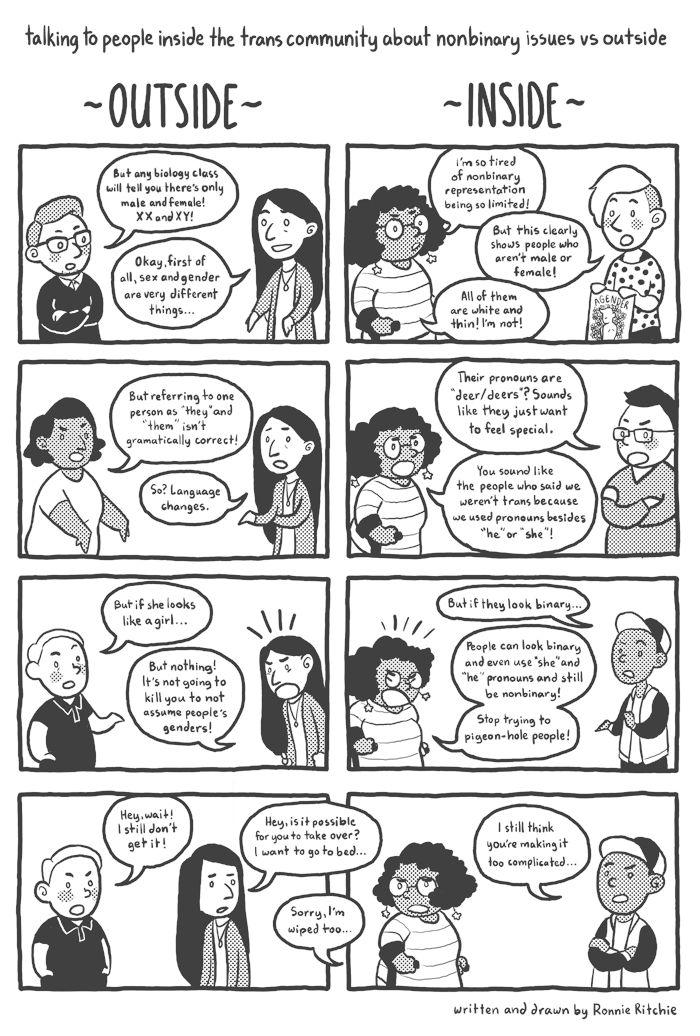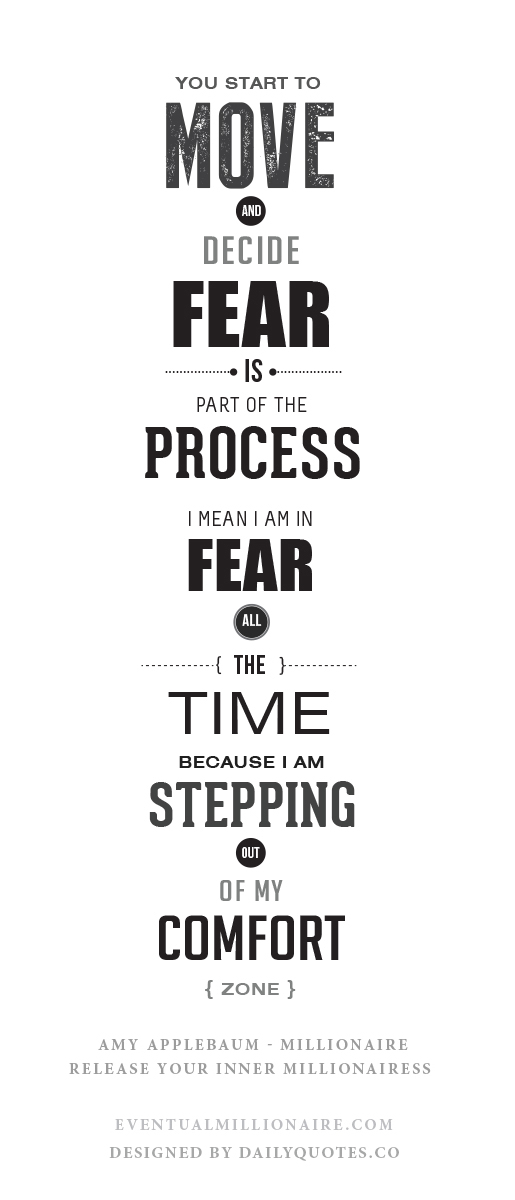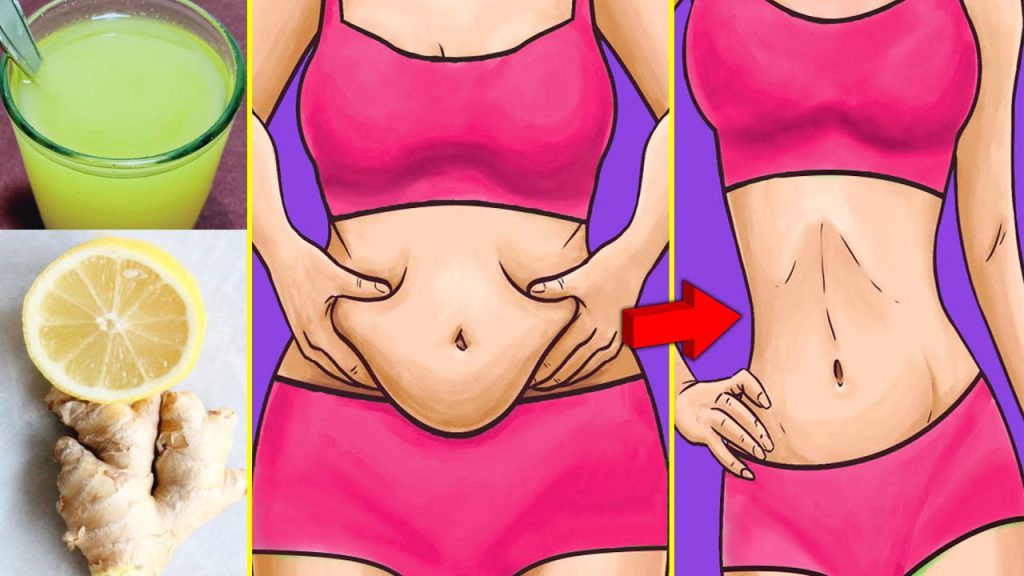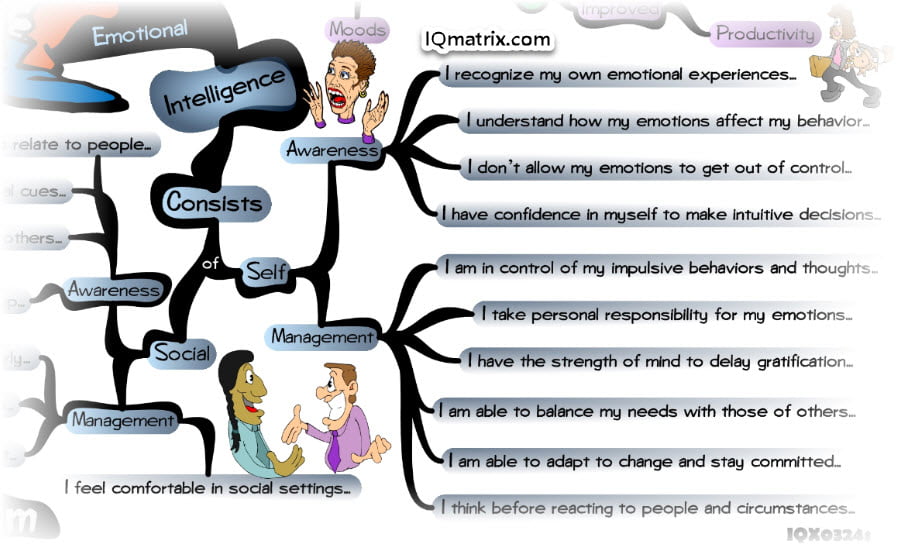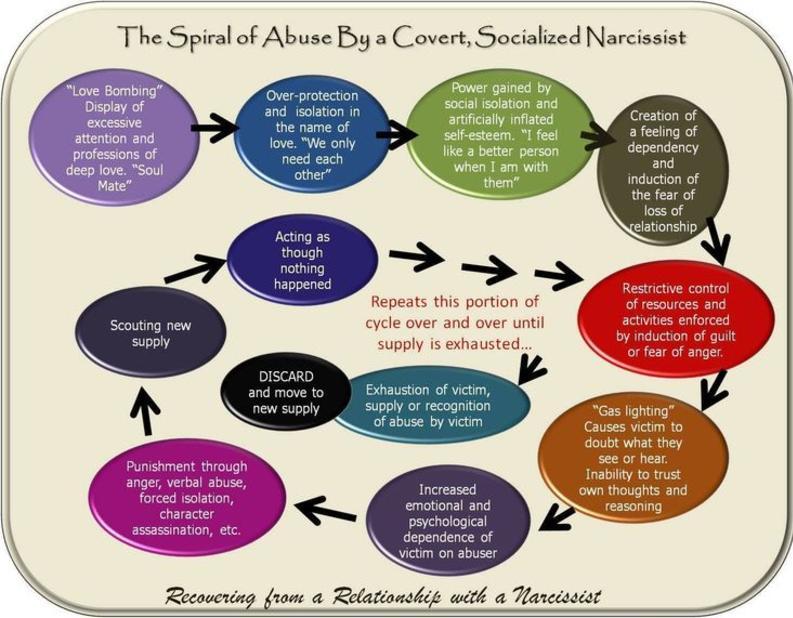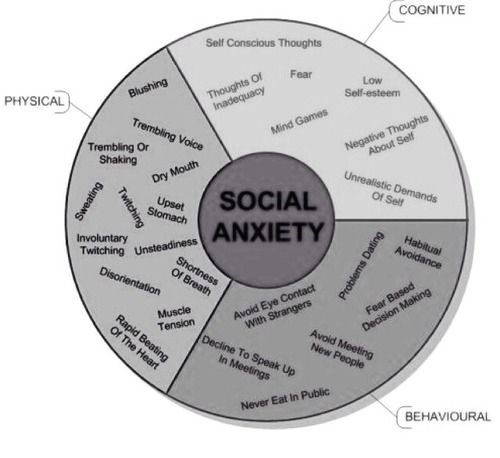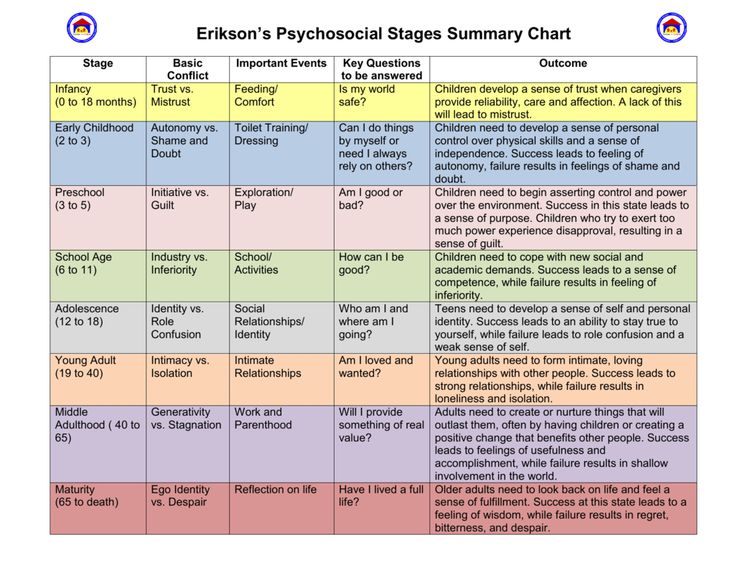Difference between genderqueer and nonbinary
What's the Difference Between Non Binary VS Genderqueer?
Understanding different identities can be difficult, but it's also incredibly important. And for the LGBTQIA+ community, understanding and respecting identity is especially important.
While many folks are familiar with terms like gay, lesbian, and transgender, there are a few other LGBTQIA+ terms that some people don't understand or are aware of. Nonbinary and genderqueer are two of them. In this blog, we're going to discuss what they are and the differences between the two.
What is gender?
A person's gender has been traditionally used to describe the norms and roles of males and females. This is what we call the gender binary, and it operates under the assumption that there are only two genders: male or female. With this gender binary there is also an established definition of what is considered masculine and feminine. For example, many people associate blue with boys and pink with girls.
If you are cisgender, this means you identify with the gender you were assigned to at birth. However, it's important to know gender is a construct, and many people do not identify as male or female. Gender is something people define and chose to identify on their own terms, and isn't dictated by how a person looks. For many folks, their gender identity exists outside the gender binary.
It's also important to remember that gender is not interchangeable with sexual orientation. They are two different things. Gender is how an individual identifies themselves, and sexual orientation indicates what gender(s) they are attracted to.
What does it mean to be nonbinary?
Some people who do not identify as solely male or female consider themselves nonbinary. This means their gender identity exists outside the binary of being only male or female. For some nonbinary people, that may mean being a bit of both genders in whatever way. Some people don't identify with either gender. It's important to understand that every nonbinary person has a different definition of what that means to them.
What is genderqueer?
The term genderqueer is similar to nonbinary, but has a slightly different meaning. The dictionary defines genderqueer as the following: "denoting or relating to a person who does not subscribe to conventional gender distinctions but identifies with neither, both, or a combination of male and female genders."
Nonbinary and genderqueer are often used interchangeably by some, but not everyone considers them the same thing. Others consider the term genderqueer as an umbrella term to cover an identity that isn't cisgender. It's important to understand that gender identity is relative to each individual and how they identify.
Additionally, some people consider the term genderqueer to be a politically charged identity. "To me, 'genderqueer' represents a queering of gender, so to speak. It's a deliberate playing with gender in a very political sense, and being provocative around gender norms to highlight the gender stereotypes of our culture," said Laura A.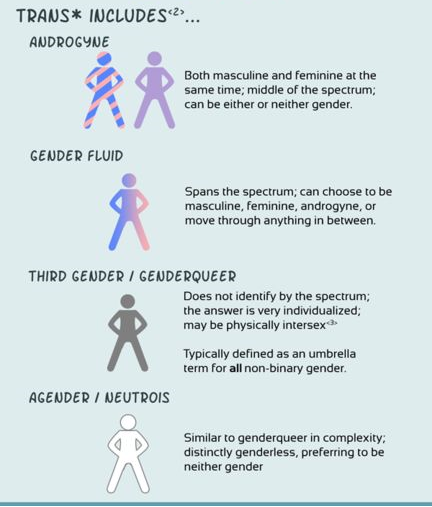 Jacobs, an LGBTQ+ psychotherapist in an interview with VICE.
Jacobs, an LGBTQ+ psychotherapist in an interview with VICE.
Creating a more inclusive space
Learning about identity can be a challenge, but by educating ourselves we can become better allies and build a more inclusive community. This includes understanding different gender identities, and extends to knowing the difference between gender and sexual orientation -- and also to using pronouns correctly. Change doesn't happen overnight, but through small steps.
What's the Difference Between Non-Binary, Genderqueer, and Gender-Nonconforming?
Photo by Zackary Drucker, via the Gender Spectrum Collection.
As language evolves and our understanding of gender continues to expand, people are identifying with an ever-growing and increasingly fluid group of labels. “Genderqueer,” “gender non-conforming,” “non-binary”––all of these words refer to people who identify outside of the male-female gender binary. But what do all of these terms mean, and what is the difference between them?
Are “non-binary,” “genderqueer,” and “gender-nonconforming” all the same?
“These are all terms that have come out of personal experience,” said Lou Himes, a non-binary Psy-D and Liscenced Clinical psychologist based in New York City.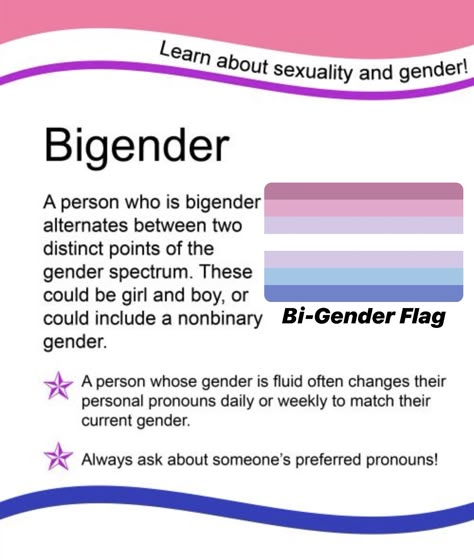 That means there are no concrete definitions to go by. Plus, these terms are relatively new to academia, medicine, and mainstream discourse. The beauty of that: Each person can interpret their differences for themselves and identify with the one that resonates most with them.
That means there are no concrete definitions to go by. Plus, these terms are relatively new to academia, medicine, and mainstream discourse. The beauty of that: Each person can interpret their differences for themselves and identify with the one that resonates most with them.
There are many people who identify with all of these terms and use them interchangeably. Still, many people primarily or solely identify with only one of these terms. Interpretations about the specific differences between them vary. But one thing always remains true: If you are going to refer to someone’s identity, you should always ask what label they prefer, and stick to that one.
Advertisement
What does “non-binary” mean?
The dictionary defines “non-binary” as something that is “not consisting of, indicating, or involving two.” While the term most commonly refers to someone’s gender identity, it can also be applied to many other things. Non-binary or gender-neutral clothing, for instance, is a growing industry appreciated by many, including cisgender folks.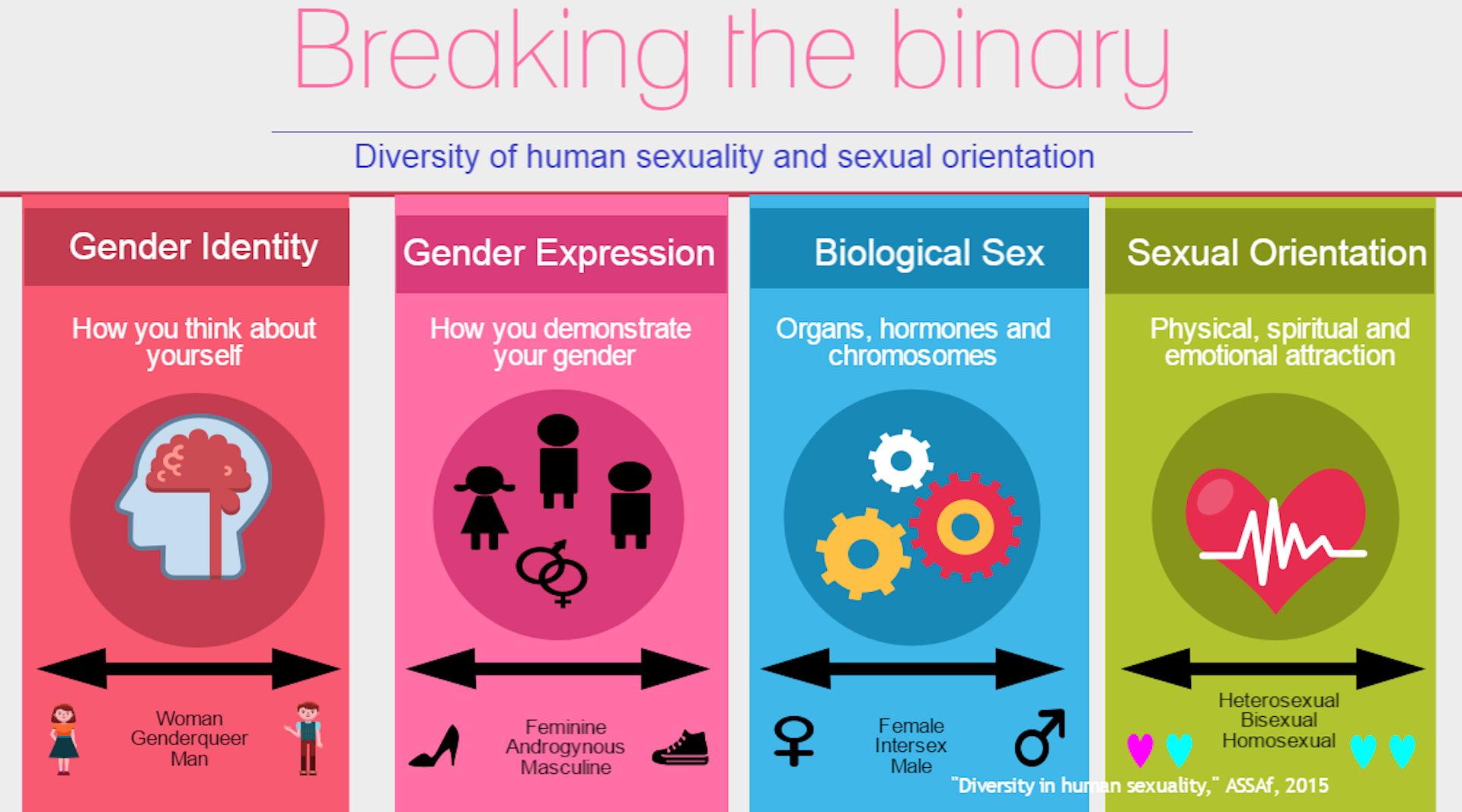
But the term “non-binary” is most commonly used to describe someone’s gender identity when they do not identify within traditional categories of male or female. “The term ‘non-binary’ directly references the gender binary, or the idea that there are only two categories of gender experience,” said Himes. “But non-binary individuals do not operate within that socially constructed reality.”
“I identify as non-binary because I do not identify with either gender,” said Rui, a 19-year-old non-binary college student in New Jersey.
What does “genderqueer” mean?
According to a history of the term published in them., “genderqueer” originated in activist circles in the 1990s and grew in commonality over the last three or so decades.
“To me, ‘genderqueer’ represents a queering of gender, so to speak,” said Laura A. Jacobs, a psychotherapist who specializes in trans and gender non-binary issues, LGBTQ issues, and other forms of gender and sexual diversity.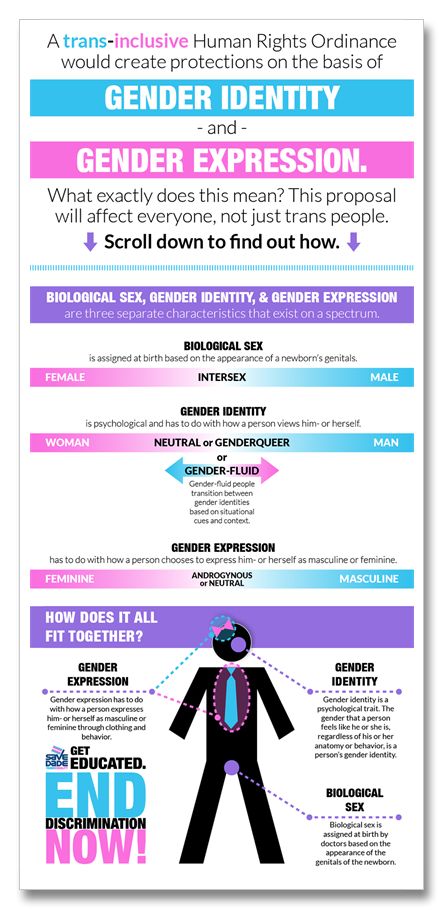 “It’s a deliberate playing with gender in a very political sense, and being provocative around gender norms to highlight the gender stereotypes of our culture. It is also how I identify.”
“It’s a deliberate playing with gender in a very political sense, and being provocative around gender norms to highlight the gender stereotypes of our culture. It is also how I identify.”
Advertisement
Cyrus Cohen, who lives in New York City and identifies as non-binary, considers their identity to be a form of genderqueerness. “I define ‘genderqueer’ as an umbrella term that just means ‘not cisgender,'” they said.
But Rui sees it differently: “I don’t use the term ‘genderqueer’ because, to me, that implies more of an oscillation between genders.”
What does “gender non-conforming” mean?
Broadly, “gender non-conforming” defines people who have a gender expression that does not conform to traditional gender norms. Similar to both “non-binary” and “genderqueer,” “gender non-conforming” is also often used as an umbrella term—although it is sometimes also used to refer to people who identify as cis-gender but who dress or behave in ways that defy gender stereotypes.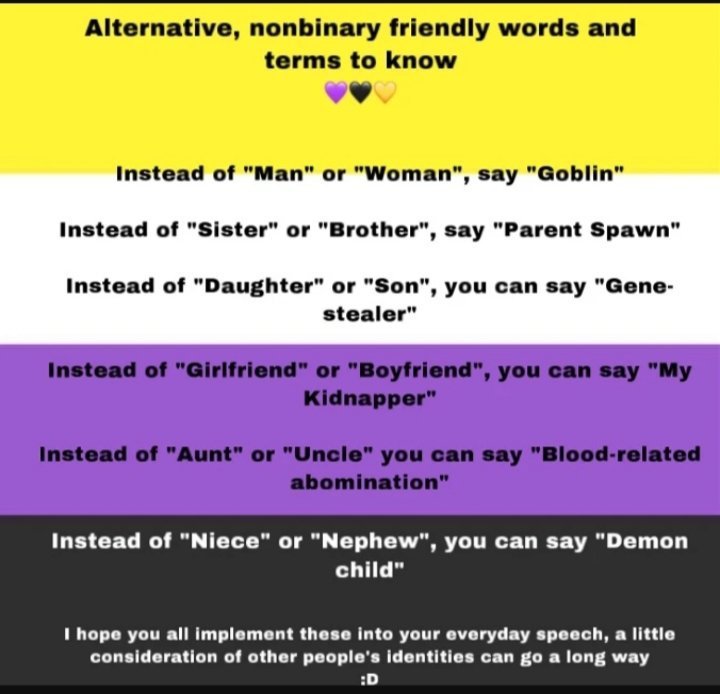
“The term says, ‘I am expected to be in this box, but I am not going to be in the box because I’m not going to conform to the expectations that are set for me,’” Himes said.
Others interpret it with added nuance. “In contrast [to ‘genderqueer’], I conceptualize being gender non-conforming as more rooted in how you’re perceived by others,” Cohen added, “and I tend to use that word mostly in cis spaces, as it invites less questions and is easier for people to understand.”
“Non-binary,” “genderqueer,” and “gender non-conforming” are just three of many words with which people outside of the gender binary identify. Others include “third-gender,” “genderfluid,” “two-spirit,” “pangender,” and “agender”—each with their own inflections of meaning.
Some last names have been excluded from this article for privacy.
Non-binary people: who they are and how to contact them
From April 11, 2022, American citizens will be able to choose one of three genders, including non-binary X, when applying for a passport.
Who is a non-binary person
A non-binary person is a person whose gender identity is neither feminine nor masculine. Initially, these people were called "genderqueer" (from English queer - fake, fake, fake ). Over time, the term "genderqueer" has come to be used as a generic term for identities that transcend the traditional binary system. In 2014, “genderqueer” in the media was replaced by a more neutral concept of “non-binary gender”.
For the first time a non-binary character appeared on the big TV screen in the series "Billions". The role of the hedge fund star's hero was given to Asia Kate Dillon. In the series, they played a character that reflects their real gender identity. In 2018, Dillon was nominated for an Emmy Award for this role. True, the organizers had difficulties with the definition of gender. They sent a letter to Asia, in which they asked to clarify which nomination is closer: best actor or supporting actress.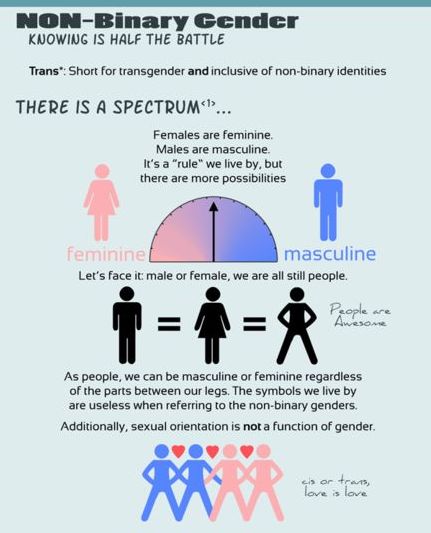 Asia preferred the first option because the word "actor" is gender neutral. There is also a non-binary character in the continuation of the Sex and the City series. Actress Sara Ramirez played podcast host Che Diaz. And in 2022, American figure skater Timothy LeDuc became the first athlete in the history of the Olympic Games to publicly declare his non-binary. nine0003
Asia preferred the first option because the word "actor" is gender neutral. There is also a non-binary character in the continuation of the Sex and the City series. Actress Sara Ramirez played podcast host Che Diaz. And in 2022, American figure skater Timothy LeDuc became the first athlete in the history of the Olympic Games to publicly declare his non-binary. nine0003
At the same time, non-binary as a phenomenon has a long history and has been found in many Western cultures. For example, the Native American peoples of the United States believed that there were people who did not fit into the usual binary gender system. The Indians had five concepts or five genders: man, woman, man with two souls, woman with two souls, transgender. So, the Navajo tribe called people with two souls Nadleehi (changed), in Ojibwe there was the concept of Niizh Manidoowag (two spirits), and a person with two souls in the Cheyenne was called Hemaneh (half-man-half-woman). nine0003
There is no information about the exact number of non-binary people in Russia. Experts believe that this is due to the specificity of the problem. Often such people have to hide their lives in order to avoid discrimination. But in some countries, statistics are freely available. According to a study by the Williams Institute at UCLA School of Law, 1.2 million LGBTQ+ people in the US identify as non-binary. Most of them are under 29 years old. The Williams Institute national poll also revealed other facts:
Experts believe that this is due to the specificity of the problem. Often such people have to hide their lives in order to avoid discrimination. But in some countries, statistics are freely available. According to a study by the Williams Institute at UCLA School of Law, 1.2 million LGBTQ+ people in the US identify as non-binary. Most of them are under 29 years old. The Williams Institute national poll also revealed other facts:
- 55% of non-binary people surveyed have been bullied, beaten, physically assaulted or sexually assaulted;
- 82% experienced emotional abuse as children;
- 53% reported being bullied as children;
- 11% of non-binary people were exposed to conversion therapy at an early age.
Conversion or reparative therapy is a non-scientific technique that aims to "correct" a person's sexual orientation. According to the UN, the main goal of such therapy is to help make the transition from non-heterosexuality to heterosexuality and from transgender or gender variability to cisgenderness.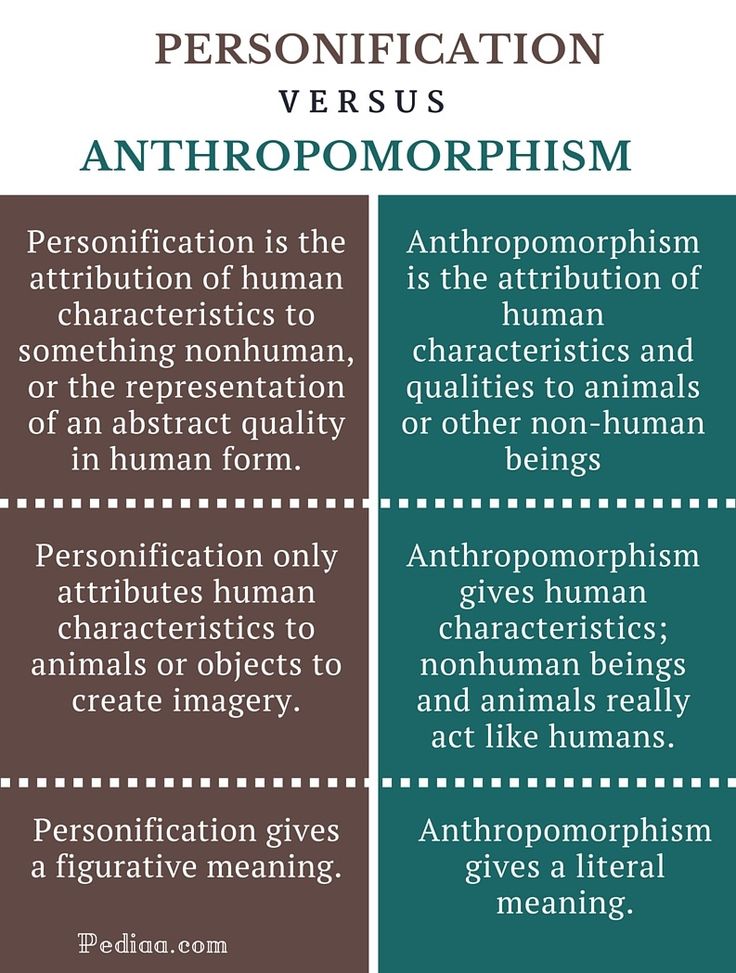 Experts managed to record the use of conversion therapy in at least 68 countries. For example, in 2015, the Inter-American Commission on Human Rights reported that in so-called “correction clinics” in Ecuador, girls were shackled, beaten, deprived of food, forced to be naked and left tied up for several days. In Nigeria, there have been cases of "healing" by pouring oil into the vagina. There is evidence that indicates that such patients are still being injected with drugs in Iran and the United States. They cause nausea or paralysis. Simultaneously with the introduction of narcotic drugs, erotic materials are shown on the big screen. nine0003
Experts managed to record the use of conversion therapy in at least 68 countries. For example, in 2015, the Inter-American Commission on Human Rights reported that in so-called “correction clinics” in Ecuador, girls were shackled, beaten, deprived of food, forced to be naked and left tied up for several days. In Nigeria, there have been cases of "healing" by pouring oil into the vagina. There is evidence that indicates that such patients are still being injected with drugs in Iran and the United States. They cause nausea or paralysis. Simultaneously with the introduction of narcotic drugs, erotic materials are shown on the big screen. nine0003
In 2012, the International Day of Visibility for Non-Binary People was born. It is celebrated on July 14th. The main goal is to talk about the problems that non-binary people face around the world. Some legal issues have already been resolved. So, from April 11, 2022, all American citizens will be able to choose one of three genders when applying for a passport, including non-binary X. Gender-neutral passports are also issued in Australia, New Zealand, Nepal, Canada, the Netherlands and Argentina.
Gender-neutral passports are also issued in Australia, New Zealand, Nepal, Canada, the Netherlands and Argentina.
Non-binary persons also have their own flag. It was created by activist Kai Rowan in 2014. The yellow line represents those whose gender is outside the binary system. The white line represents people of all genders. The purple line represents those whose gender identity is somewhere between masculine and feminine or a mixture of both. The black line symbolizes people outside of gender.
Photo: wikipedia.org
What you need to know about non-binary people
The very word "gender" appeared thanks to the sexologist John Money. At 19In 1955, in his works, he proposed to separate the biological sex of a person from his role in society. After all, sex and gender are not the same thing. We analyze the basic concepts with the help of the MSD medical reference book.
- Gender - the biological status of a person. It is determined by medical professionals, focusing on the primary and secondary sexual characteristics of the child.

- Gender identity - a sense of belonging to a certain gender. A person decides how to define himself: a man, a woman, a transgender or another term. At the same time, gender identity has nothing to do with sexual orientation. That is, a non-binary person can classify himself as any gender, but at the same time remain heterosexual. nine0006
- Sexual identity is a person's sexual preferences.
- Gender identity - the individual's feeling of being a boy or a girl, a man or a woman.
- Gender role - public manifestation of gender identity.
- Transgender - a discrepancy between a person's gender identity and the sex assigned to him at birth.
Are non-binary born or made? nine0075
According to experts, biological factors (gene set, prenatal hormonal environment ) largely determine a person's gender identity. Scientists even conducted a study of the brain, which confirmed this fact.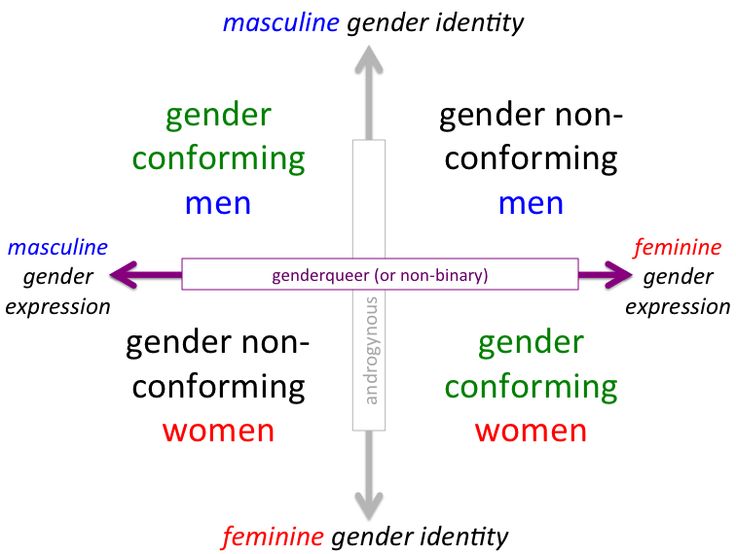 However, social factors also influence a person's gender identity and gender role. For example, the nature of the emotional connection with the parents and the relationship of each parent with the child.
However, social factors also influence a person's gender identity and gender role. For example, the nature of the emotional connection with the parents and the relationship of each parent with the child.
Are non-binary people intersex people?
According to the classical binary system, there are only two genders: male and female. But there is another category of people that does not fit into the usual framework. Such persons are called intersex. In their case, gender choice is not a problem of self-identity and self-perception, but a medical feature.
Intersex people are usually called people who have pathologies of the development of the genital organs or genetic abnormalities. According to the UN, up to 1.7% of children are born with gender characteristics that do not fit into traditional binary representations. At the same time, in many countries intersex children are still prescribed procedures and operations that are aimed at changing their sexual characteristics and appearance.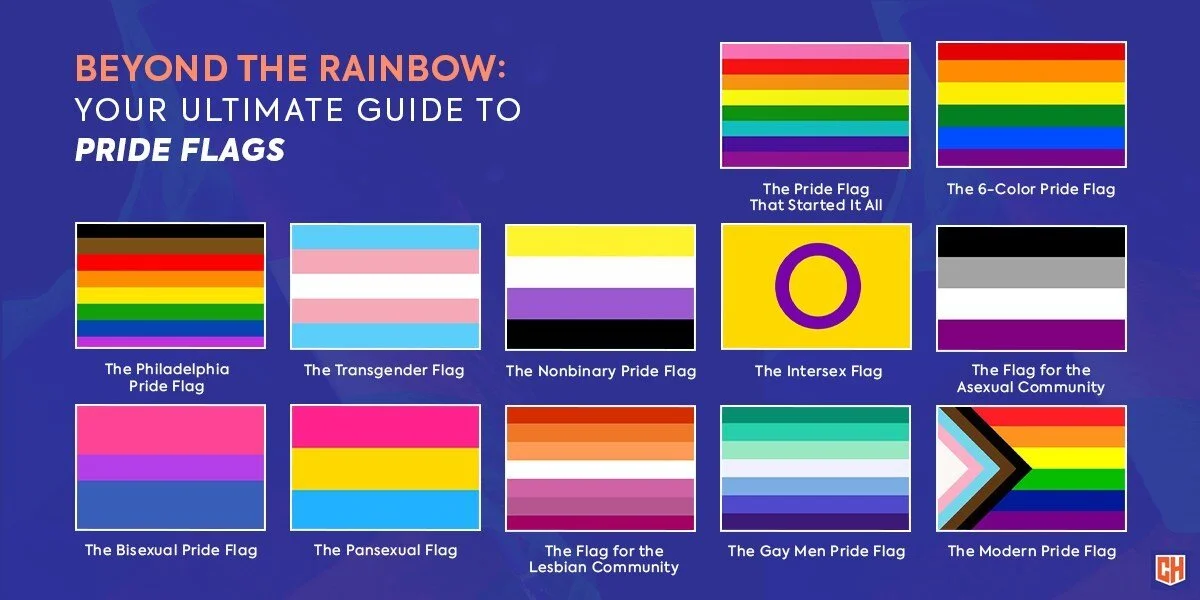 The UN opposes such measures, noting that these actions violate their rights, and such interventions cause physical and psychological suffering. nine0003
The UN opposes such measures, noting that these actions violate their rights, and such interventions cause physical and psychological suffering. nine0003
Are non-binary people transgender?
Non-binary and transgender people are generally categorized as transgender. But these concepts should not be confused.
Dmitry Palatnik, life coach who works with LGBTQ+ people, queer researcher, hypnotherapist:
“These people often change their self-perception and self-definition in LGBTQ+. This can happen on the path of self-awareness, depending on how they perceive themselves at the moment. On the example of transgender people: a person goes through several phases. The first is complete denial and, to some extent, internal transphobia. The person does not want to associate themselves with the LGBTQ+ community at this stage. The next phase is when a person realizes that he still belongs to some category of LGBTQ+, but cannot decide, and can begin to consider himself an agender.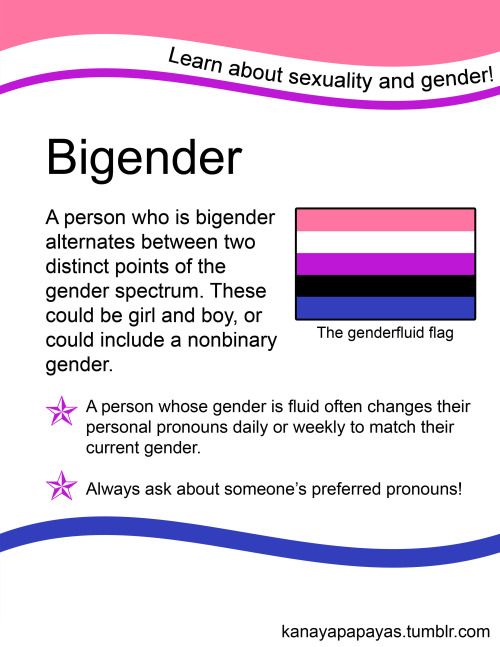 In the next phase, a transgender person may consider himself non-binary, since he definitely does not “fit in” with the gender with which he was born, but also does not “hold out” to the desired gender. The category of non-binary people often includes those who, for some reason, do not want or cannot make the transition, but at the same time do not want to be perceived as belonging to the gender with which they were born or which is now in their passport / birth certificate. nine0003
In the next phase, a transgender person may consider himself non-binary, since he definitely does not “fit in” with the gender with which he was born, but also does not “hold out” to the desired gender. The category of non-binary people often includes those who, for some reason, do not want or cannot make the transition, but at the same time do not want to be perceived as belonging to the gender with which they were born or which is now in their passport / birth certificate. nine0003
How to distinguish a non-binary person by external features?
It is impossible to distinguish a non-binary person by external signs. The only way is communication. During the conversation, you need to follow the pronouns that the interlocutor uses. But not always they can act as an indicator of his gender. It's also not worth asking direct questions. If a person wants, then he himself will raise this topic and open up to you.
Types of non-binary personas
As we wrote above, a non-binary persona is a general concept that covers all people whose gender identity is neither female nor male. But even among them there is a division. Let's imagine the main types of non-binary people. nine0003
But even among them there is a division. Let's imagine the main types of non-binary people. nine0003
- Agender . Such a person either has no gender identity at all, or is indescribable. An example of an agender is hip-hop artist Angel Hayes. In 2016, the musician admitted that she considers herself asexual and does not belong to any gender.
- Bigender . Such person is a bearer of two genders. And if a person relates himself to all identities, then he will already be a pangender. nine0005 Demi-genders (demi-boy or demi-girl). A person who only partially identifies with one gender. It does not matter with what primary or secondary sexual characteristics he was born.
- Genderqueer. Persons of this type try to abandon all gender stereotypes. Genderqueer is The Crown star Emma Corrin. She announced this publicly in 2021.
- Genderfluid . In such people, gender identity is changeable and depends on the emotional state at a certain period of life.
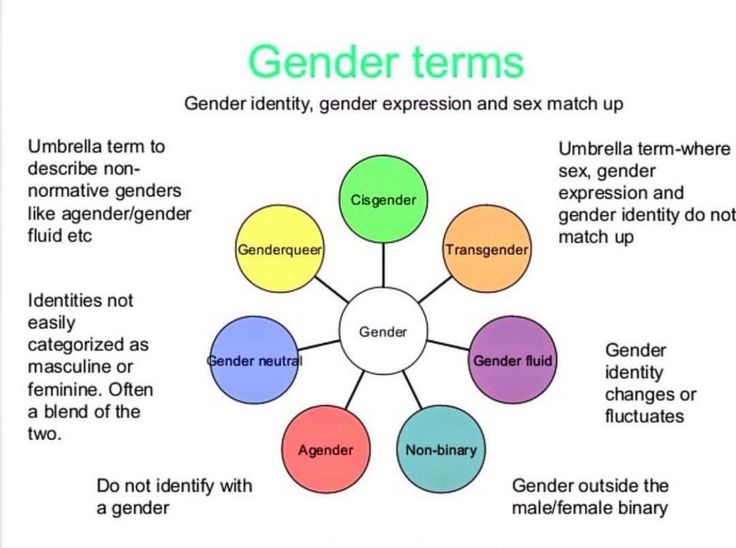 So, British model and actress Cara Delevingne belongs to gender fluids. Model, TV actress Ruby Rose is also a gender fluid. She spoke about her fluid gender identity back in 2014. nine0006
So, British model and actress Cara Delevingne belongs to gender fluids. Model, TV actress Ruby Rose is also a gender fluid. She spoke about her fluid gender identity back in 2014. nine0006
How to communicate with non-binary people
Non-binary gender creates some linguistic and philological difficulties. How to deal with such people?
Dmitry Palatnik:
“First of all, I would like to note that non-binary and transgender people react very painfully to misgendering (when people around them confuse their gender). Therefore, it is important at the beginning of the conversation to immediately ask a non-binary person how to address him, what name to call him. By the appearance of a person, it is impossible to understand what kind of treatment will be comfortable for him. You may encounter people who look very feminine, but want to be addressed with "he", or, conversely, not addressed at all or use the pronouns "you", "they". nine0003
If, upon first contact with a non-binary person, it was not immediately possible to clarify which pronouns or name are comfortable for him, it is better to avoid phrases with a gender marker and not use pronouns in a conversation.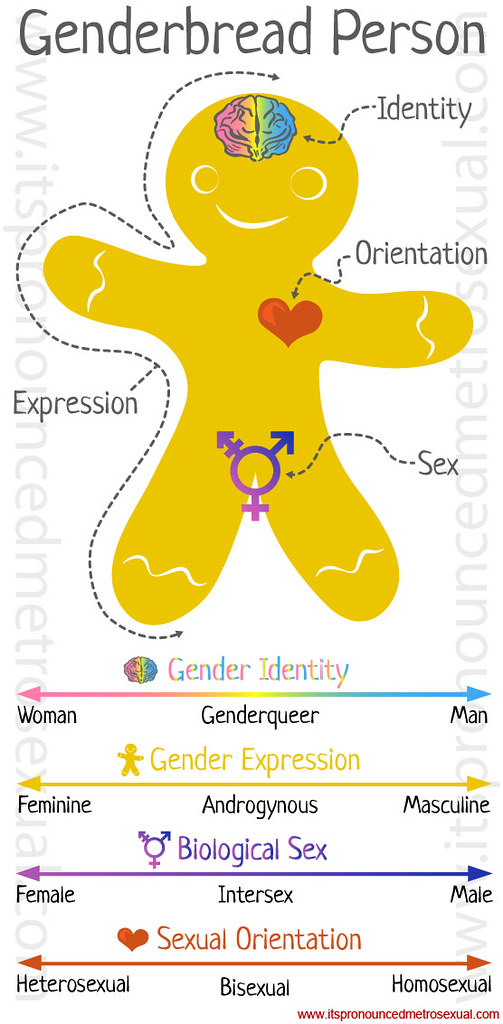
Dmitry Palatnik:
“A non-binary person can change his self-perception from time to time. It may be that today a person feels like "she", tomorrow - like "he", and the day after tomorrow does not want to refer to any gender. Therefore, another rule is to periodically ask him again about the nuances of comfortable treatment for him. nine0050 When communicating with non-binary and transgender people, it is worth remembering that they often feel uncomfortable “ open up ”, because they are used to ridicule and misunderstanding from others when trying to open up. To establish and maintain communication, it is important to create a safe space and trust.”
Queer and non-binary: BESTIN.UA reminds about important terminology during Pride Month like "Euphoria" or "Sex Education", which freely and without a shadow of shame speak to the viewer about diversity and sexuality. nine0003
Cara Delevingne openly talks about her attraction to people regardless of gender, Sam Smith and Ezra Miller define their identity as queer and genderqueer, preferring to avoid boundaries and restrictions, one of the most sought-after models of the year, the star of the Mugler show and the new face of Prada , the transgender girl Hunter Schafer becomes, and the new heroine of Sex and the City is the non-binary actress Sara Ramirez.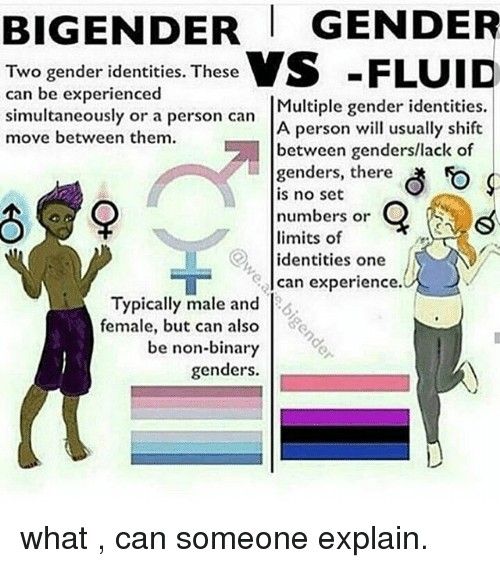
In order for the current definitions not to seem like complicated terminology, but to help to better understand the nature of people and their choices, to be tolerant and attentive, on Pride Month BESTIN.UA and KyivPride organization remind you of the main words denoting gender identity and sexuality in all their diversity. nine0003
Cara Delevingne
Non-binary is a broad term for the spectrum of gender identities that do not belong to the binary system (male and female). Non-binary individuals may define themselves as people who have two or more gender identities, no gender at all (agender), or an identity that changes (genderfluid).
Agender persons define their identity as absent, without identifying themselves as male or female. They prefer to abandon established roles and strive for neutrality, but at the same time they recognize the existence of gender in general. In relation to themselves, they can use the personal pronouns "he", "she" or "they", but at the same time avoid gender-colored definitions.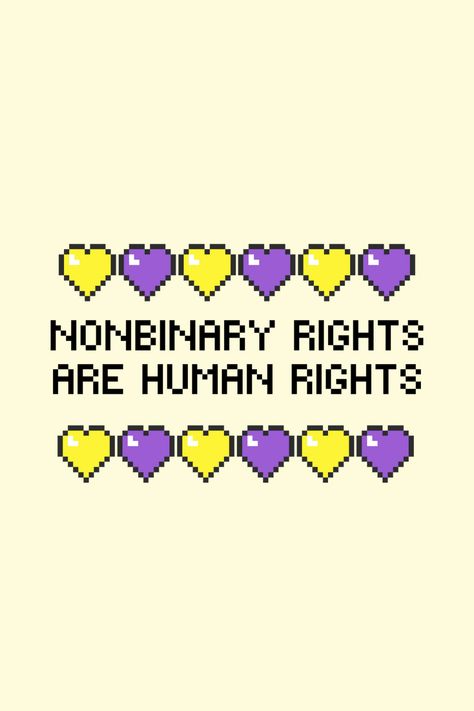 nine0003
nine0003
Genderfluid is a person whose identity changes over time, varying between male, female and non-binary identities. Like agender individuals, they do not recognize the conventional norms of society, according to which a person must behave “as befits a man or woman” only because of his biological sex.
Sam Smith
Queer is a broad term used to define individuals who belong to the LGBT+ community (are not heterosexual and cisgender - people whose gender identity matches the sex assigned at birth). It is also used to characterize everything that does not belong to the patriarchal gender-normative system: queer cinema, queer art, queer research. Some non-binary people define their identity as queer or genderqueer, meaning one that doesn't fit into the existing framework. nine0003
Intersex is a term used to refer to the specific development of sexual characteristics, as well as the people themselves, whose sex cannot be unambiguously determined as male or female.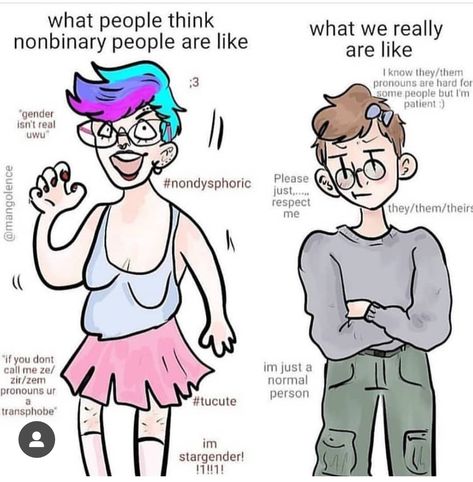 The sign of the biological sex in this case does not correspond to one of the two poles. For example, chromosomal and genital sex do not match. Intersex people may have features in the structure of external or internal genital organs, sex chromosomes and hormones. Intersex is the current and correct version of the term "hermaphrodite", which today is discriminatory and obsolete. nine0003
The sign of the biological sex in this case does not correspond to one of the two poles. For example, chromosomal and genital sex do not match. Intersex people may have features in the structure of external or internal genital organs, sex chromosomes and hormones. Intersex is the current and correct version of the term "hermaphrodite", which today is discriminatory and obsolete. nine0003
Hari Nef
Inclusion is a term that arose in connection with the need to include people with disabilities in public life. It is now used in a broader sense to define the availability of something for everyone, removing barriers and difficulties for those who find themselves in special life circumstances, whether they are members of a particular race and culture, members of the LGBT+ community, or people with physical disabilities. Today, this definition is an integral part of the communication of large companies and fashion brands, which seek to convey that they welcome the most diverse members of society and support freedom of expression.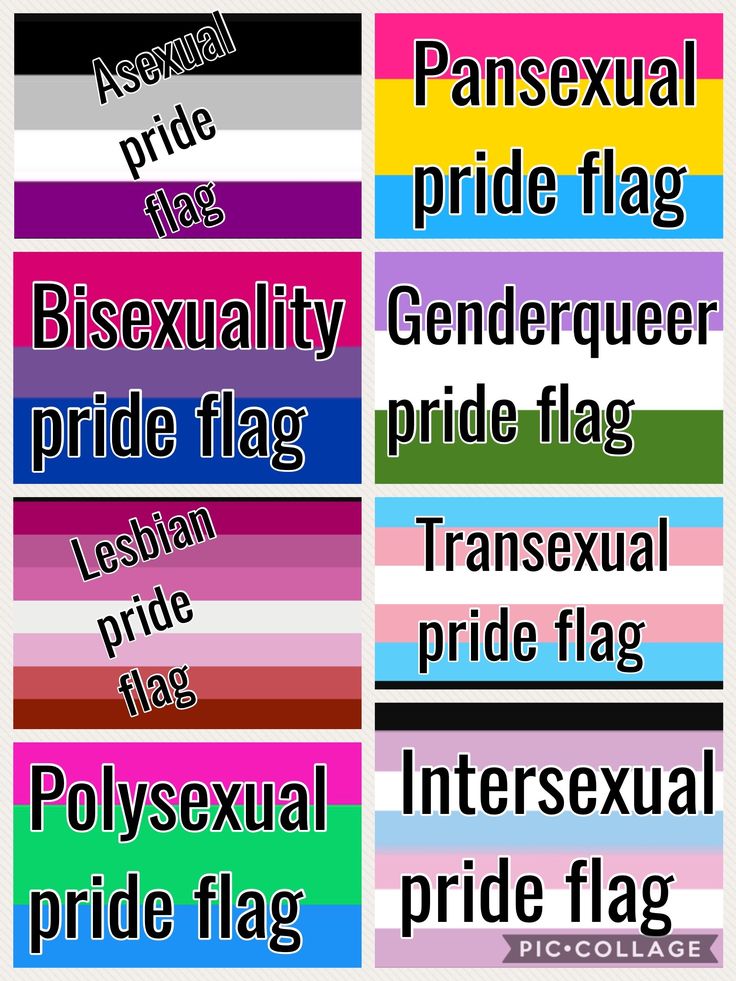 nine0003
nine0003
Transgender is an umbrella term for people whose gender identity differs from that assigned to them at birth (for example, the gender on their certificate). This category includes trans men and trans women, whether or not they have transitioned, and some non-binary people (not all non-binary people associate themselves with the term “transgender”). The term "transsexual" is incorrect and offensive. Among the most successful and sought-after transgender girls are Euphoria star Hunter Schafer, models Teddy Quinlivan, Hari Nef, Valentina Sampaio and India Moore, known from the Pose show. nine0003
Pansexuality is the sexual orientation of a person who is emotionally, romantically and sexually attracted to people, regardless of their gender identity and biological sex. Simply put, pansexual people are “gender blind” and may be attracted not only to cisgender and transgender men and women, but also to non-binary and intersex people. Model and actress Cara Delevingne, Bella Thorne, singers Janelle Monae, Miley Cyrus and Demi Lovato openly admit their pansexuality.